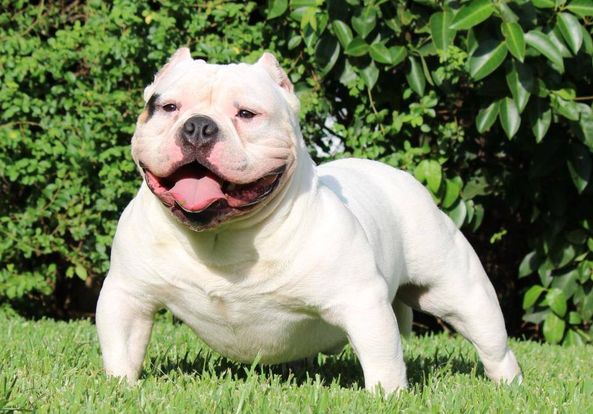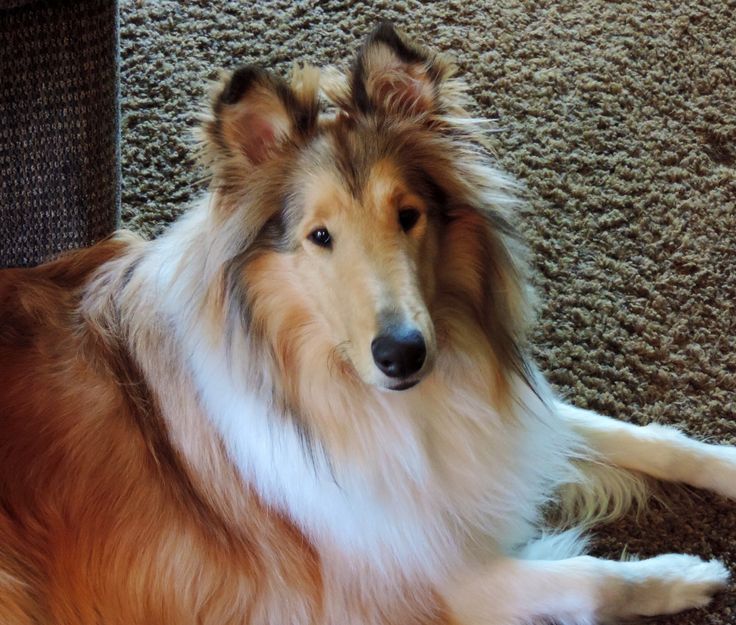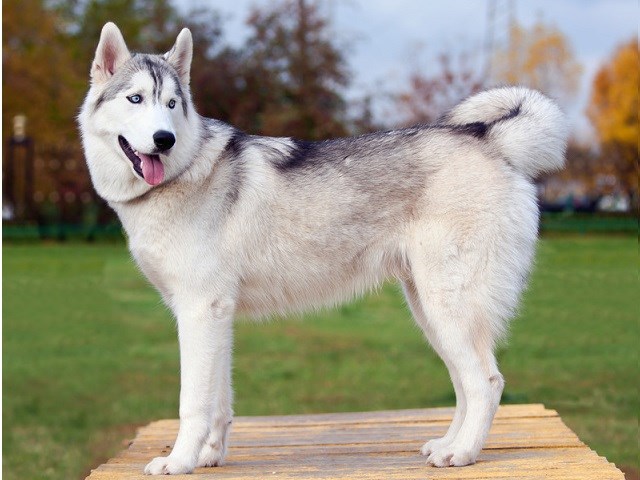Shorty Bull Dog guide will provide you with everything you need to know about these adorable and lovable companions. From their history and breed characteristics to care tips and training advice, this article is your go-to resource for all things Shorty Bull Dogs. Keep reading to learn more about these pint-sized pups!
History of Shorty Bull Dogs
Shorty Bull Dogs, also known as Shorty Bulls, are a relatively new breed that was developed in the early 21st century. They are a cross between the American Pit Bull Terrier and the French Bulldog, with the goal of creating a compact and muscular bulldog type breed.
Origins of Shorty Bull Dogs
The origins of the Shorty Bull Dogs can be traced back to the efforts of Jamie Sweet and Amy Krogman, who started breeding the dogs in the early 2000s. They wanted to create a smaller version of the traditional Bulldog breeds, with a focus on health, temperament, and athleticism. Through careful selection and breeding, they were able to establish the Shorty Bull Dog as a distinctive breed with its own unique characteristics.
Development of the Breed
The development of the Shorty Bull Dog involved crossing American Pit Bull Terriers with French Bulldogs to create a compact yet muscular dog with a strong build. Breeders focused on maintaining the breed’s health and temperament while also enhancing its physical attributes such as a broad chest, strong legs, and a distinctive head shape. The breed quickly gained popularity among dog enthusiasts for its friendly nature and compact size.
Popularity of Shorty Bull Dogs
Shorty Bull Dogs have gained popularity in recent years due to their unique appearance and lovable personality. They are known for being affectionate, loyal, and good with children, making them an ideal family pet. Their small size and low exercise requirements also make them suitable for apartment living. Additionally, their muscular build and athletic abilities make them excellent candidates for various dog sports and activities. Overall, the popularity of these Dogs continues to grow as more people discover and appreciate this charming breed.
Characteristics of Shorty Bull Dogs
Physical Attributes
Shorty Bull Dogs are a small to medium-sized breed with a muscular build. They typically stand between 12-16 inches tall and weigh between 25-40 pounds. They have a short, smooth coat that can come in a variety of colors, including brindle, white, fawn, and black. Their distinctive features include a broad head, strong jaw, and a compact body.
Temperament
Shorty Bull Dogs are known for their friendly and outgoing nature. They are loyal and affectionate towards their families, making them great companions. Despite their small size, they are quite protective and will alert their owners to any potential threats. They are also good with children and other pets, making them a great choice for families.
Health Considerations
These Dogs are a relatively healthy breed, but they can be prone to certain health issues. Some common health considerations for Shorty Bull Dogs include hip dysplasia, skin allergies, and respiratory problems due to their flat faces. It is important to provide them with regular vet check-ups, a balanced diet, and plenty of exercise to keep them healthy and happy.
Training and Care for Shorty Bull Dogs
Training Tips
Shorty Bull Dogs are intelligent and eager to please, making them relatively easy to train. Consistency and positive reinforcement are key when training these dogs. Set clear boundaries and rules from a young age to establish good behavior. Utilize treats and praise to reward good behavior and discourage bad habits.
Exercise Needs
These Dogs are a high-energy breed that require regular exercise to stay healthy and happy. Aim for at least 30 minutes of physical activity each day, such as walks, runs, or playtime in a fenced-in yard. Interactive toys and puzzle games can also help keep them mentally stimulated.
Grooming Requirements
Shorty Bull Dogs have a short, low-maintenance coat that only requires weekly brushing to remove loose fur and prevent matting. Bathe them as needed, typically every 1-2 months. Keep their ears clean and dry to prevent infections, and trim their nails regularly to avoid overgrowth. Additionally, brush their teeth regularly to maintain good oral hygiene.
Choosing the Right Shorty Bull Dog
When looking to add a Shorty Bull Dog to your family, it is important to do your research and choose the right one for you. Consider factors such as size, temperament, and energy level to ensure a good match for your lifestyle.
Finding a Reputable Breeder
One of the most important steps in choosing a Shorty Bull Dog is finding a reputable breeder. Look for breeders who prioritize the health and well-being of their dogs, and who are knowledgeable about the breed. Ask for references, visit the breeder’s facilities, and ask about health testing and guarantees.
Assessing Temperament
Shorty Bull Dogs are known for their friendly and affectionate nature. When choosing a Shorty Bull Dog, spend time with the puppy or adult dog to assess their temperament. Look for signs of aggression, fearfulness, or any other behavioral issues that may not be a good fit for your family.
Understanding Breed Standards
Familiarize yourself with the breed standards for Shorty Bull Dogs to ensure you are choosing a dog that meets the criteria. Look for characteristics such as a compact, muscular build, a short muzzle, and a confident and friendly demeanor. Understanding breed standards can help you choose a Shorty Bull Dog that is true to the breed.
Shorty Bull Dogs are a unique and fascinating breed that make great companions for families and individuals alike. With their friendly and affectionate nature, along with their small size and low maintenance requirements, they are well-suited for apartment living or homes with limited space. By understanding their history, characteristics, and care needs, potential owners can make an informed decision on whether a Shorty Bull Dog is the right fit for them. Overall, these adorable and loyal dogs have a lot to offer and can bring joy and companionship to any household.







